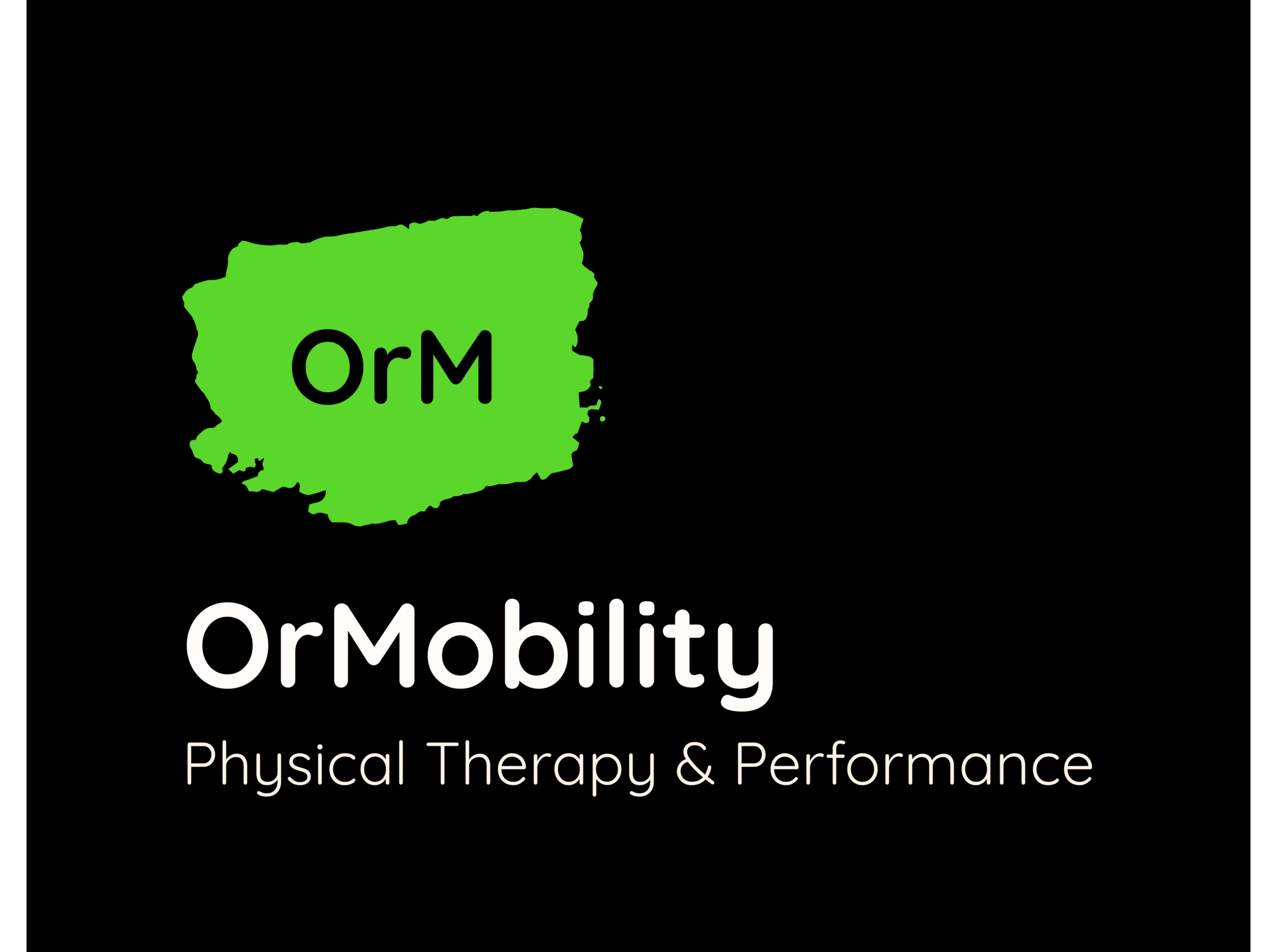4 Elements To FunctionPosture: Bad posture hurts. You cannot achieve your maximum potential of mobility, strength, & control without appropriate posture. Your spinal column was made to have 2 curves and you need to maintain them. The first curve at your neck is called a cervical lordosis and the second curve is at your low back and is called a lumbar lordosis. You need to maintain the curves to keep the necessary integrity of your vertebra.
Special Note: If upright posture is not maintained, then you will experience various fractures as you age. Whether you develop compression fractures, spondylolisthesis’, wedge fractures or sternal fractures, it will happen if you let gravity win. Without proper posture, you will not be as mobile, strong, or functional as you could be.
Mobility: Mobility is required for all functional movements. Your body relies on this motion to navigate your environment, to move nutrition around your body, and to push waste products toward your liver & kidneys. No matter what, your knees need 40 degrees of knee flexion to walk, your hips need 90 degrees of hip flexion to squat, and your shoulder joints need 180 degrees to raise your arms overhead. If you are limited in motion, you will be limited in the activity, and pain will likely follow.
Example: If you can bench press 200lbs but you cannot raise your arms overhead, then, then you have a mobility issue.
Remember:
1) Mobility does not equal function. If you primarily stretch, but do not supplement with strength and control, you will not achieve your maximum potential.
2) You may find little improvement from stretching, if you don’t keep correct posture!
3) Mobility is a key element to avoid arthritis.
Special Note: Synovial fluid is secreted in your joints much like a cold glass of water on a hot day experiences condensation. This synovial fluid is what joints need to stay healthy and to avoid inflammation/arthritis. Furthermore, these joints require a full mobility to remove waste and allow more synovial fluid to move around.
Strength: Everybody in your muscle has a job. If muscles are strong and your mobility is appropriate, your body will not notice any issues. If muscles are too weak to complete the job, your body will compensate to ultimately complete the task. Many people do not have a strong thoracic spine, so they recruit their neck to help. This is the functional cause of neck pain!
Example: If you can squat down, but you place your hands on your knees to stand up, then you have a strength issue.
Remember: It’s not helpful to squat 300lbs for a 1/4 squat. Most activities can be completed with a full squat of up to 15lbs.
Special Note: Generally it takes 6-8 weeks to build muscle, however you can build improved neuromuscular activation of muscle from 1-6 weeks. This means that to make physiological changes you must remain consistent for at least 2 months.
Control: Once you have appropriate mobility and strength, your body needs to be able to control its strength to complete the activity. Control is a difficult concept. You have probably heard your trainer or somebody tell you to lift the weights slowly and controlled. There are many benefits of this behavior. First you will improve muscle activation, second you improve tendon health, and third you can prevent injury. Control with your legs is often referred to as balance. However there is control with a gas pedal while driving, control of groceries over our head, and control stretch without falling over. Control is incredibly necessary and often overlooked.
Example:
1) If you can complete a lunge, but you need a hand on the wall for balance, then you have a control issue (balance).
2) There is a difference between a 15lb bicep curl and eating cereal.
Remember: Control is the last aspect of “function,” so if you are having difficulty with strength, do not complicate the exercise with adding control. You should only focus on control if you have appropriate mobility and strength for the exercise.
3) Special note: overhead control requires stability at ribs. Ribs are often the first bones in your body to experience osteoporosis. This progresses much more quickly if your thoracic spine is weak. Have you ever seen people (ladies) with a dowager’s hump at their neck? This hump could be avoided with improved posture and overhead strength


